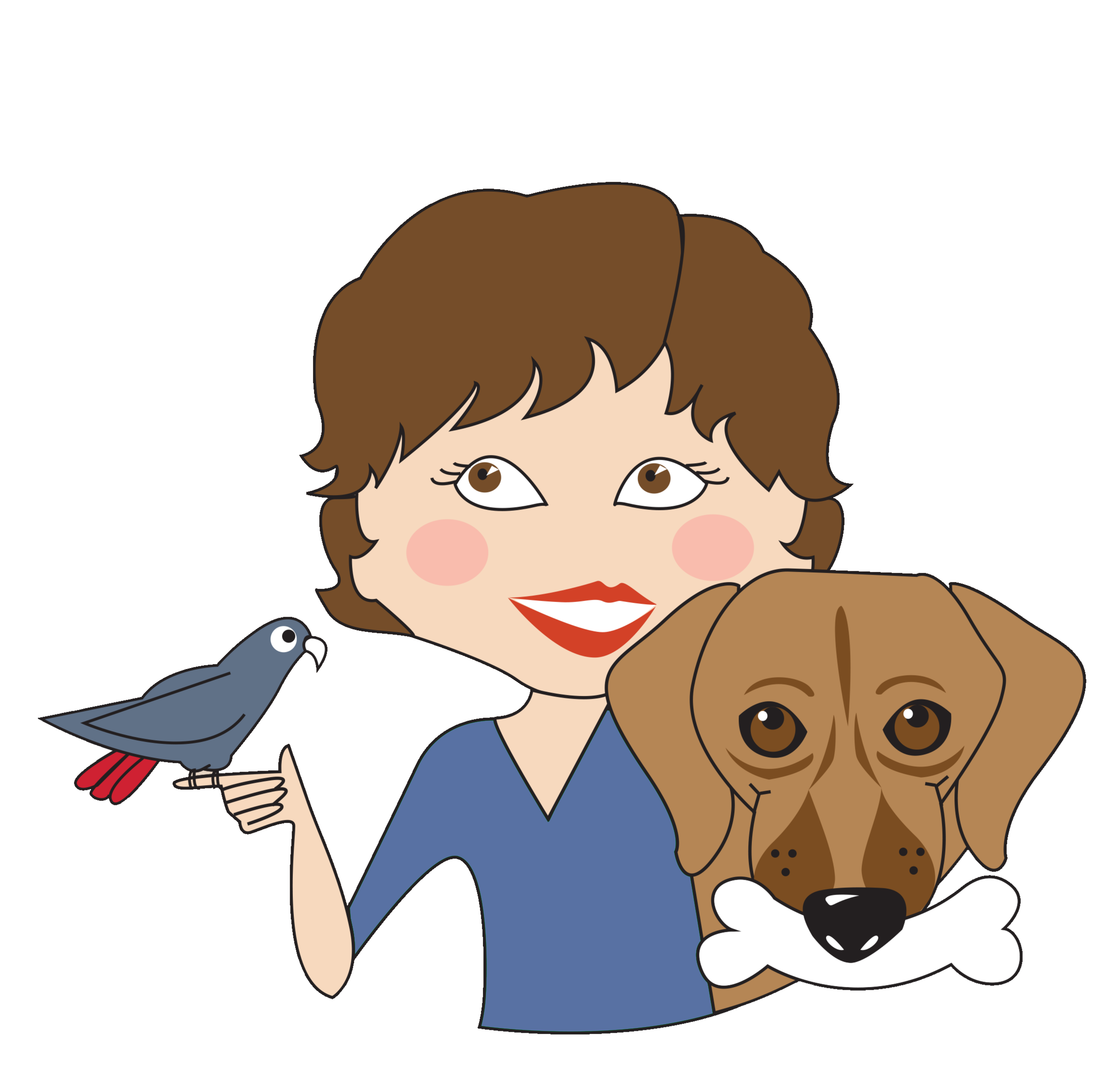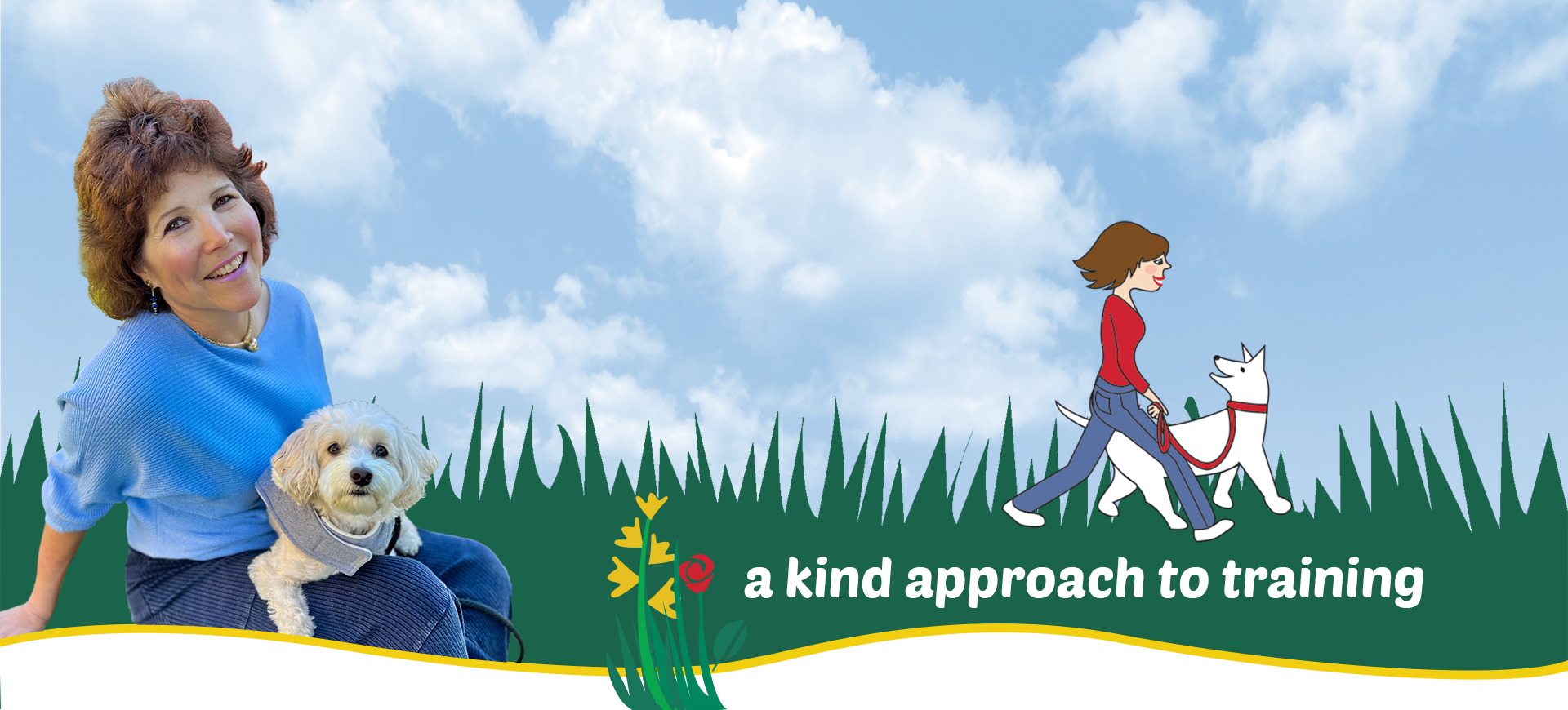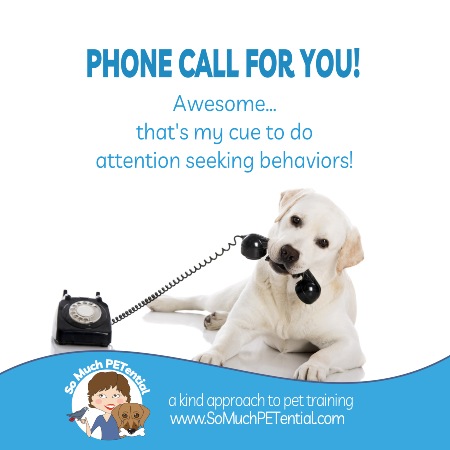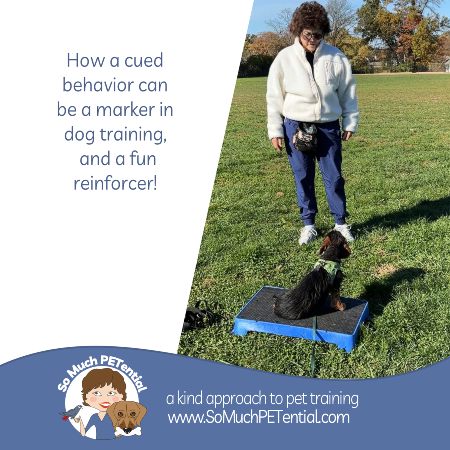When you see a dog or puppy move forward to investigate something but her weight is shifted back, she may pace or may move away…want to try again OR stay away, that dog is experiencing approach avoidance conflict. She may be curious but afraid at the same time. It is a stressful place to be.
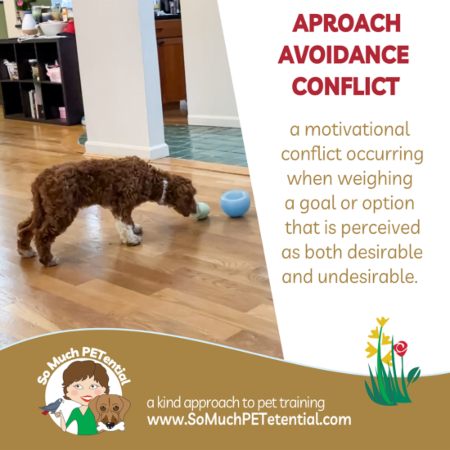
Put Yourself In Your Dog’s Shoes
Have you ever found yourself really drawn to something – out of curiosity or just something you really want – but at the same time, there is something making you hesitant, nervous, or downright scared about the whole situation?
Maybe you are working up the courage to ride a rollercoaster because you have always wanted to conquer that fear but the thought of what you may feel riding it causes you to be weak in the knees. You get in line three times, backing out each time, before your friend finally successfully coaxes you to get on the ride. Or maybe you really want to reach out to that person you have a crush on, but your heart is racing and your palms are sweaty just thinking about it. You pick up the phone over and over, even dial the phone number and then hang up, before finally having the nerve to let the phone ring. Or maybe you can’t wait to spend time with your loved ones but before you can see them, that means getting in an airplane and you are terrified of flying. You did it. You bought the plane ticket. And you are about to board the plane. Now you are feeling nauseous just in anticipation of how you ‘may’ feel once in the air.
You are conflicted. This approach avoidance conflict happens when a behavior is associated with both a positive and an aversive consequence or anticipated consequence. What occurs after the behavior has a lot to do with the future intensity of that conflict (and behavioral choices).
If, after much turmoil, you finally get on that roller coaster and you throw up, the chances are pretty high that the next time you may feel light in the knees and nauseous at even the thought of purchasing a ticket. If that person you had been wanting to call, tells you he/she has no interest in you, you probably will be much more reluctant to call another person in the future. And if you get on that plane and go through some very turbulent air, you may not want to fly again. Although just the opposite may occur if there is a positive outcome to each of those choices – you probably will be more confident to do that behavior again.
Dogs Experiencing Approach Avoidance Conflict
Dogs (and other animals too) can feel this way too. When your dog is experiencing approach avoidance conflict, she may be moving toward someone or something (even another dog) but is also ready to move away quickly. Your dog may do other behaviors or exhibit body language that tell you there is discomfort such as stiff body muscles; either hyper vigilance, a direct stare, or quick glances; low tail; body shake off; sniffing; excessive panting; or barking or whining.
It can happen for so many reasons. It could be that your dog is feeling conflicted between the want to play and the fear of something going wrong if it approaches a dog, because in the past, a dog has lunged at it. It could be that your dog’s favorite toy somehow looks different in different light. It could be that in the distance there is something your dog has a fear of. Maybe your dog was in your driveway and a lid to a garbage can of a neighbor came crashing down, causing your dog to run. You may not have been around when that happened so were unaware; and therefore unaware of why your dog is exhibiting stress signals on your driveway. Or maybe your dog is apprehensive of new men but this man happens to be holding a good treat.
You may also see that from a distance your dog is very interested in approaching something, but at a certain point, that interest turns into apprehension. I’ve seen it so many times. A dog or puppy pulling her handler toward a person with body language that clearly says, “I want to get close,” and then, at a certain point (typically within a few feet), that same dog puts on the breaks. Her tail may tuck, her body may stiffen, she may suddenly need to sniff the ground, avoid eye contact, bark, and move away. She also could stiffen, make her body bigger, and let out a deep warning bark or barks. From a distance, curiosity was driving your dog closer until the point that she got close enough to become afraid.
Why You SHOULD NOT Give Scary Strangers Food To Hand Feed Your Dog
This is why it is not recommended that you have people of whom your dog is afraid to feed your dog directly. What can often happen is your dog will be lured in with the tempting food but then when the food is gone, your dog suddenly realizes she is way too close for comfort and may run away, tuck her tail between her legs, bark, lunge, growl or even bite. Another scenario could be that after the stranger gives a treat, that person bends over to try and pet your dog – which is WAY too scary. Because of this aversive consequence to coming toward someone for food, there is a great probability that your dog may approach strangers less in the future – or at least have great conflict.
Below is a video of a puppy who showed conflict when I placed unfamiliar toys on the ground. It was important to allow her the choice and control of choosing whether or not to investigate the strange objects or not. Ultimately, she chose to move out of the room. (She actually had many other fears too, which is being addressed.)
There have been times when I have been in other homes with sensitive dogs who show this kind of conflict with my presence. I may encourage that dog to move away from me (where he can feel safer) or have his owner encourage the dog to move away and allow the dog to approach as he is comfortable. I am very careful to try and avoid moving in a way that will scare that dog when he does get closer. This really depends on the individual dog that in front of us.
If your dog is suddenly afraid of something, do not push your dog to interact with it. Allow your dog to interact at his own pace. Forcing this could cause your dog’s fear response to heighten and remember, consequences determine the future rate of behavior. Look around. Is something different or new in the environment? Is there something else scary in the distance? It could be that more behavior modification is needed such as desensitization/counter conditioning.
If you are unsure how to help, please seek guidance from me or another qualified dog training professional.

